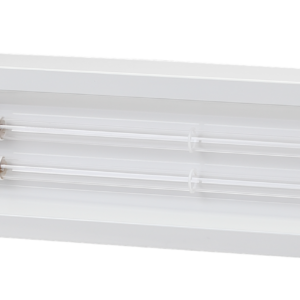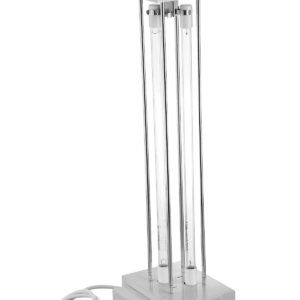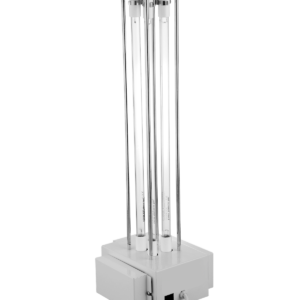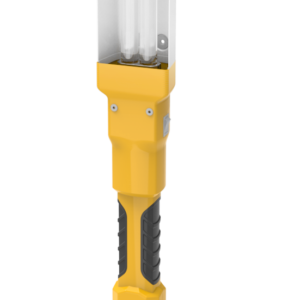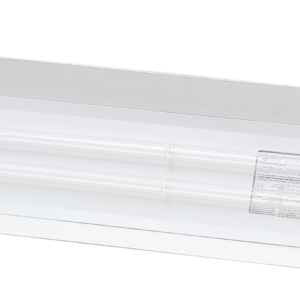UV LIGHTS
UV lights, or ultraviolet lights, are a type of electromagnetic radiation that falls just beyond the violet end of the visible light spectrum. The sun is a natural source of UV light, but it can also be artificially produced. UV light is categorized into three types based on wavelength: UVA, UVB, and UVC.
- UVA (Long-wave UV): UVA has the longest wavelength among UV lights and is the least harmful. It is often used in tanning beds, some black lights, and UV lamps for various applications like curing adhesives or nail polish.
- UVB (Medium-wave UV): UVB has a shorter wavelength and is known for causing sunburn and potentially skin cancer. However, it’s also used in medical phototherapy to treat skin conditions like psoriasis and eczema.
- UVC (Short-wave UV): UVC has the shortest wavelength and is the most dangerous type of UV light. Fortunately, the Earth’s atmosphere blocks UVC, so it doesn’t naturally reach us from the sun. UVC is widely used for germicidal purposes to disinfect air, water, and surfaces in medical facilities, laboratories, and water treatment plants.
UV lights have numerous applications beyond the ones mentioned. They are used in forensics to detect bodily fluids, in insect traps, in counterfeit currency detection, and even in air purification systems. However, it’s crucial to use UV lights cautiously, especially UVC, as direct exposure can be harmful to the skin and eyes. Always follow safety guidelines and use proper protective measures when dealing with UV light.

